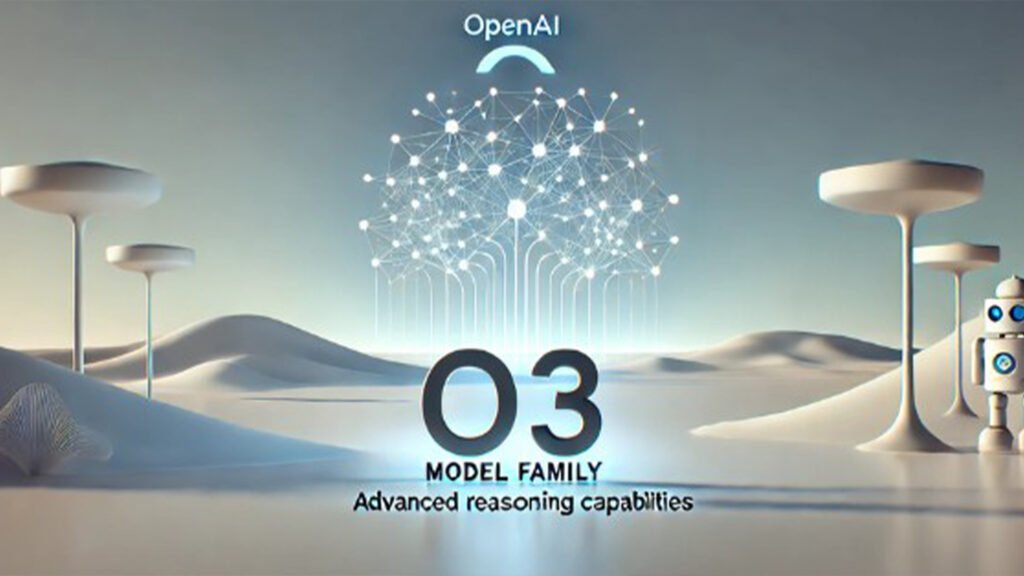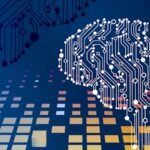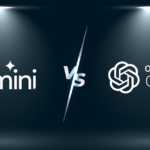OpenAI’s O3 Model Marks a New AI Milestone with Five Breakthroughs—and One Key Challenge
As 2024 draws to a close, the AI industry has experienced both anticipation and skepticism, with some insiders fearing a slowdown in progress toward smarter AI systems. However, OpenAI’s recent announcement of its O3 model has reignited enthusiasm, showcasing major advancements and sparking debates about what lies ahead in 2025 and beyond.
Currently undergoing safety testing among researchers and not yet publicly released, O3 has delivered a remarkable performance on the ARC benchmark, a metric developed by renowned AI researcher François Chollet, creator of the Keras framework. Designed to evaluate a model’s ability to handle novel, complex tasks, the ARC metric serves as a critical indicator of progress toward truly intelligent AI systems.
O3 achieved an impressive 75.7% on ARC under standard compute conditions and 87.5% with high compute, far surpassing the 53% scored by Claude 3.5. This unexpected leap has even surprised critics like Chollet, who had questioned the capacity of large language models (LLMs) to achieve this level of intelligence. The model’s success highlights innovations that could accelerate progress toward advanced AI, often referred to as artificial general intelligence (AGI)—a term that, while debated, symbolizes the goal of surpassing human adaptability in novel problem-solving.
Despite these achievements, O3 also exposes challenges, particularly around the high costs and inefficiencies associated with pushing such systems to their limits. Let’s explore the five key innovations behind O3 and the primary hurdle that remains.
The Five Core Innovations of O3
1. Program Synthesis for Task Adaptation
O3 introduces “program synthesis,” enabling it to dynamically combine learned patterns, algorithms, or methods into new configurations. This allows the model to address tasks it hasn’t explicitly encountered during training, such as solving advanced coding challenges or logical puzzles. François Chollet describes this capability as akin to a chef crafting unique dishes by recombining familiar ingredients. Unlike earlier models that relied on rote application of learned information, O3’s ability to synthesize new solutions marks a significant step forward in adaptability.
2. Natural Language Program Search
At the heart of O3’s flexibility is its use of “chains of thought” (CoTs) and a sophisticated search process during inference. CoTs are step-by-step natural language instructions generated by the model to explore solutions. Guided by an evaluator, O3 actively generates and tests multiple solution paths, mirroring human brainstorming processes. This iterative approach has set a new benchmark for reasoning and problem-solving among AI models.
3. Evaluator Model for Enhanced Reasoning
O3 integrates an evaluator model trained on expert-labeled data, enabling it to assess the quality of its own reasoning. This self-judging capability allows O3 to navigate complex, multi-step problems with improved accuracy. By acting as its own evaluator, O3 demonstrates a leap toward AI systems that “think” more deeply, rather than merely responding.
4. Executing Its Own Programs
One of O3’s groundbreaking features is its ability to execute its own CoTs as tools for adaptive problem-solving. These CoTs evolve into structured records of problem-solving strategies, allowing O3 to approach new challenges with refined methods. For instance, the model achieved a CodeForces rating above 2700, placing it in the “Grandmaster” category of competitive programming—a feat typically reserved for top human programmers.
5. Deep Learning-Guided Program Search
O3 employs a deep learning-driven approach to refine potential solutions during inference. It generates and evaluates multiple solution paths using patterns learned during training. While this approach demonstrates impressive progress, it also highlights limitations, such as the reliance on expert-labeled datasets and the challenge of scaling to unpredictable real-world scenarios.
The Key Challenge: High Computational Costs
Despite its groundbreaking capabilities, O3’s achievements come at a steep computational cost. Processing millions of tokens per task, the model raises concerns about economic feasibility. Critics, including François Chollet and OpenAI engineer Nat McAleese, emphasize the need for innovations that strike a balance between performance and affordability.
Denny Zhou from Google DeepMind has voiced skepticism about O3’s reliance on reinforcement learning (RL) and search mechanisms, arguing that simpler fine-tuning processes might be more sustainable paths to improving AI reasoning.
Implications for Enterprise AI
O3’s advancements underline AI’s transformative potential across industries, from customer service to scientific research. However, its high computational demands may delay widespread adoption. To address this, OpenAI plans to release a scaled-down “O3-mini” version by January 2025. While less powerful, O3-mini retains much of the core innovation, offering a more cost-effective option for enterprises to explore.
Until O3 becomes widely available, businesses can leverage existing robust models, such as OpenAI’s flagship O4 and competing systems, to develop intelligent, tailored applications.
Looking Ahead to 2025
Next year, the AI field will operate on two fronts: achieving practical value with current technologies and observing the ongoing intelligence race. O3 represents a pivotal moment in AI development, with its innovations setting the stage for further breakthroughs. Whether through O3 or other emerging models, the path toward smarter, more adaptable AI promises to redefine possibilities across industries.




Pingback: It’s official: ChatGPT now has its own 800 number - Tech Behinds